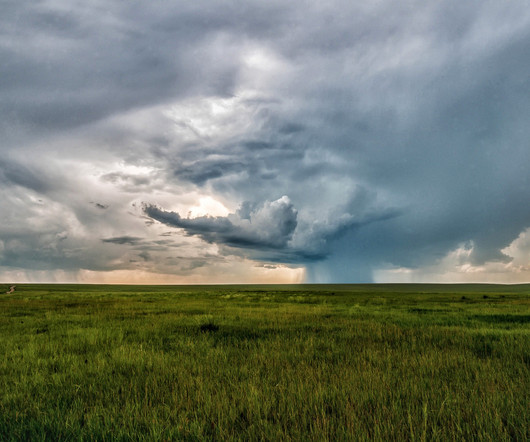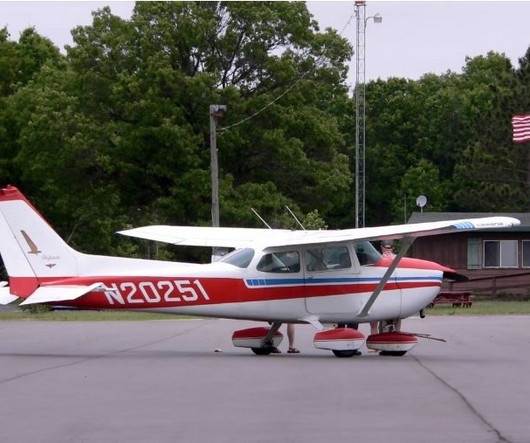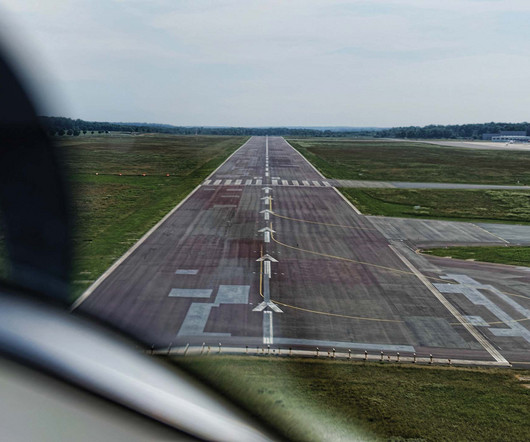How to Read METAR and TAF Reports
Pilot Institute
JANUARY 1, 2025
deviates slightly, using statute miles for visibility, feet for RVR, knots for wind speed, and inches of mercury for altimetry, while reporting temperature and dew point in Celsius. In our case, the first two numbers are saying that the wind is blowing at a speed of 4 knots. m/s) gusting to 41 MPH (36 knots; 18.5




























Let's personalize your content